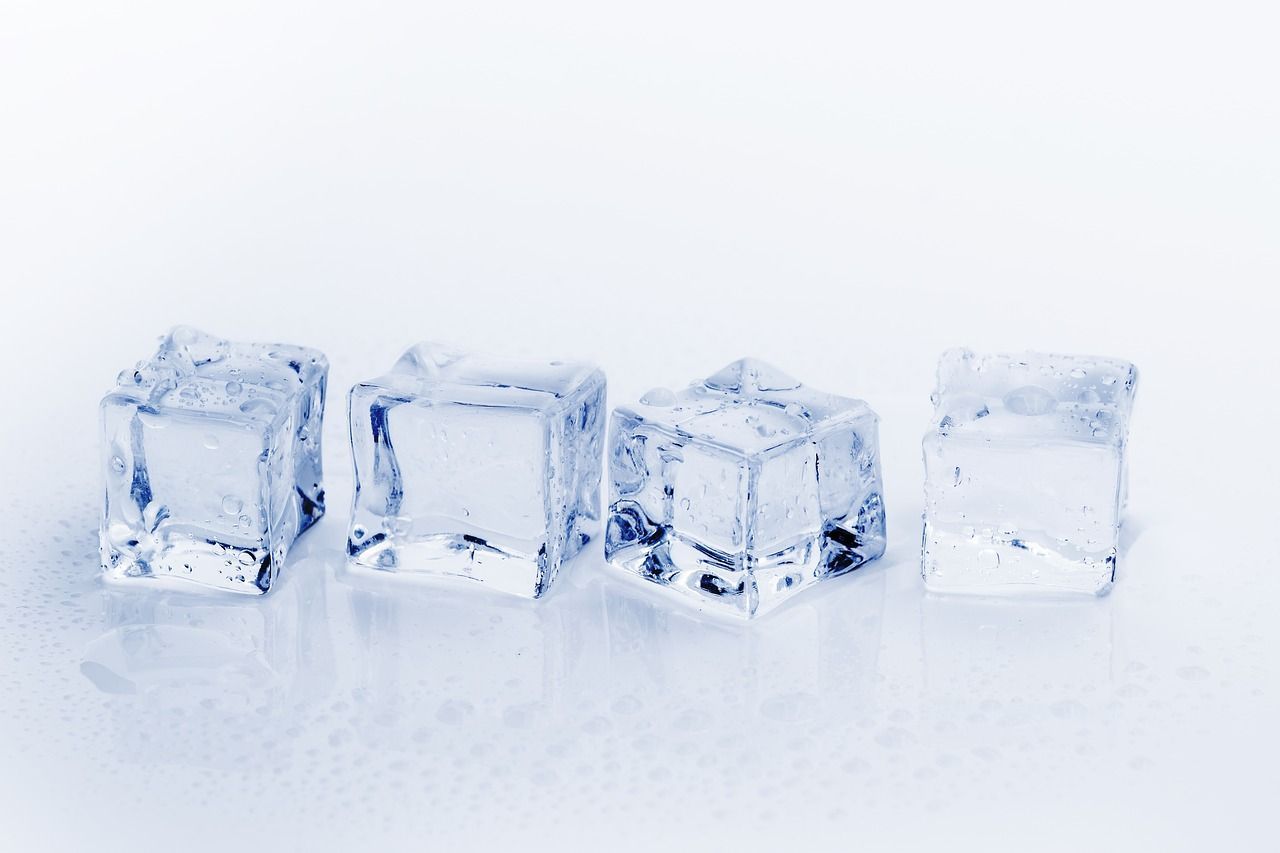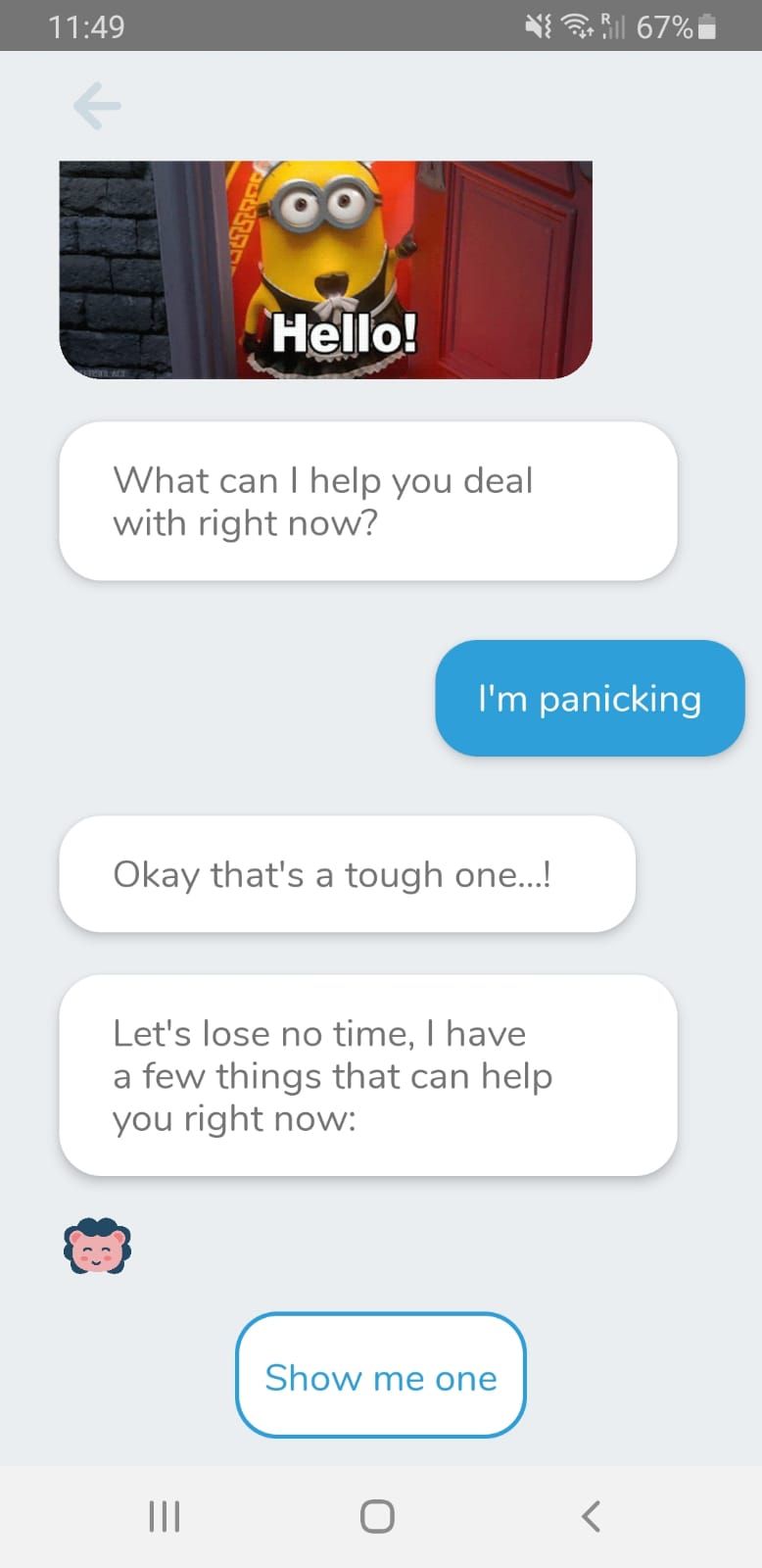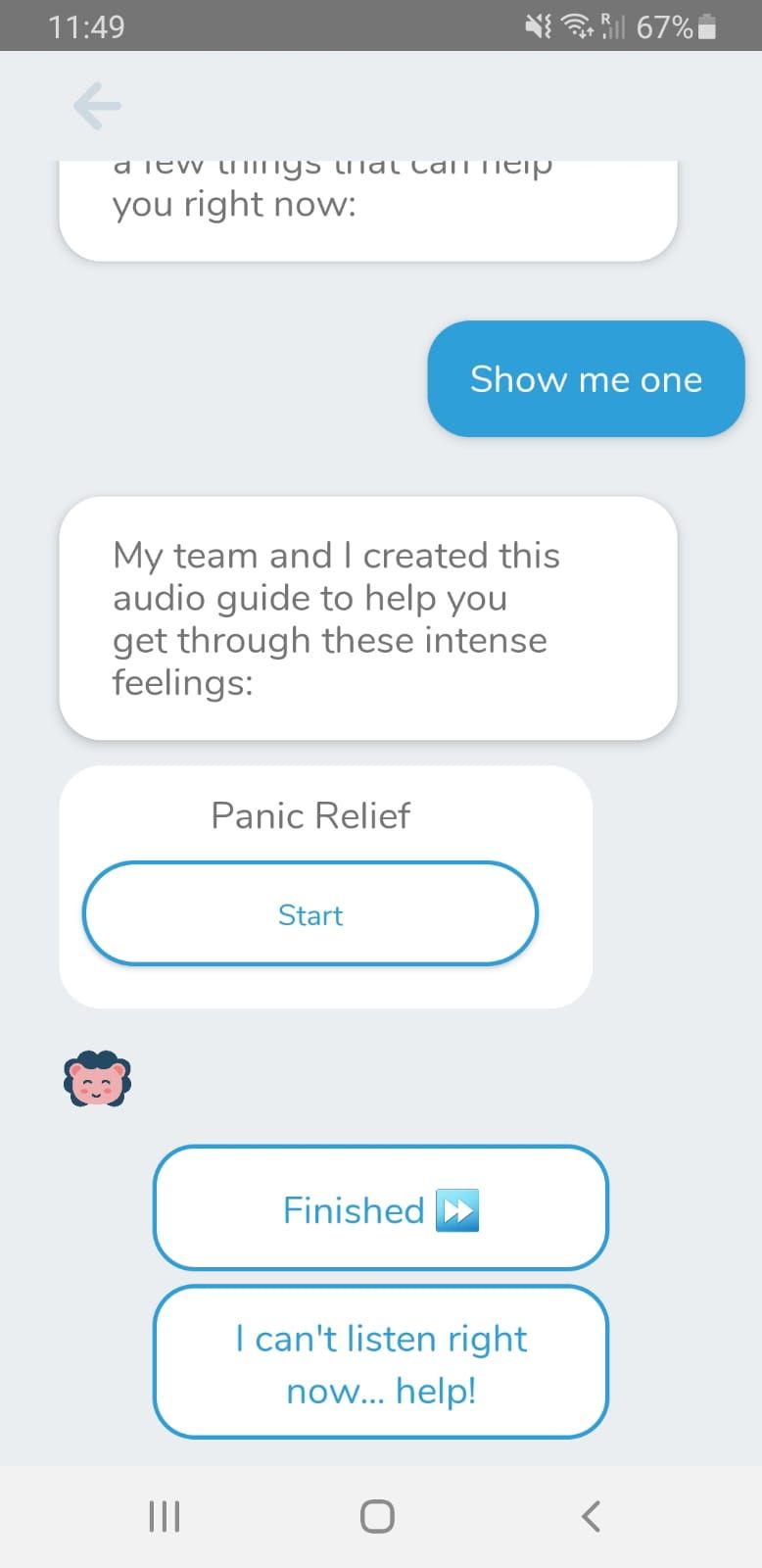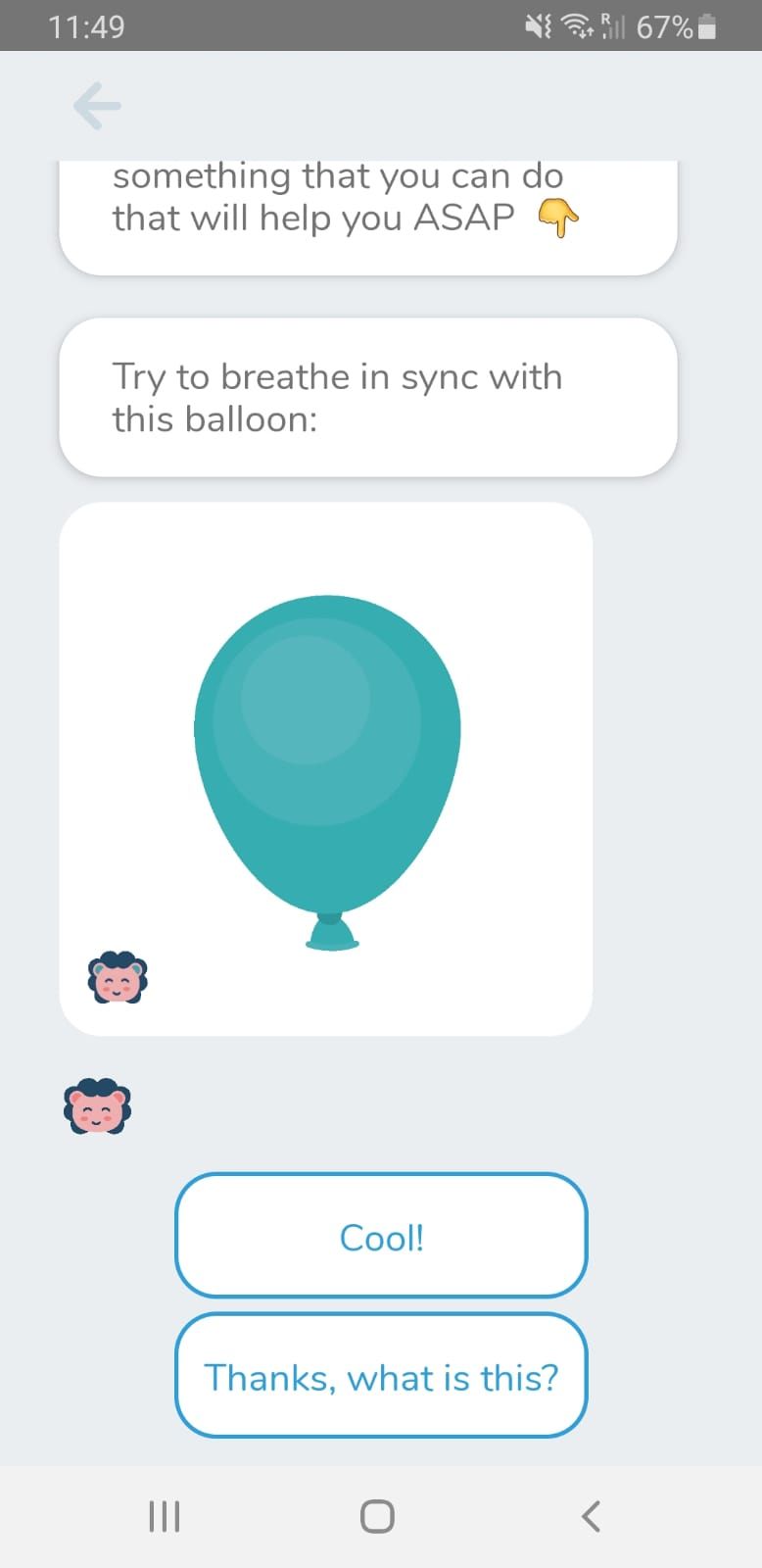Anxiety vs COVID-19 (Coronavirus) Symptoms: Here's How You Can Tell The Difference
Anxiety symptoms can feel a lot like COVID-19 symptoms. This guide helps you to identify and differentiate between them.

The days have turned into weeks, the weeks have turned into months and the months have led us 3/4 of the way through the year to the point where we are all living with the ever-changing situation that is the coronavirus. Many people are feeling anxious, overwhelmed and uncertain about the virus and what might happen if they were to get sick.
We received a lot of responses related to this topic on our post about social anxiety and the pandemic. Unfortunately for some people, it seems that becoming anxious about COVID-19 has caused confusion as to whether their symptoms are anxiety-related or virus-related.
As intense anxiety can, in some cases, cause similar symptoms to COVID-19, we thought it would be useful to share some information on the symptoms of both and provide a few ways to help you tell the difference.
Learn to manage anxiety in only 5 minutes per day
Anxiety Symptoms
Feeling anxious is a normal part of our lives. You may recall learning in an earlier blog post that it acts as our survival system in times of danger. In society's current situation, our bodies are alerting us to a potentially dangerous situation. The video below explains how this works:
The National Alliance on Mental Health has provided some useful information detailing the symptoms of anxiety. They suggest that most people with anxiety will experience one or more of the following symptoms:
Psychological
- Feeling tense
- Restlessness or irritability
- Negative anticipation
- On high alert (watching for signs of danger)
- A sense of apprehension/dread
Physical
- Racing heart
- Shortness of breath
- Sweating, tremors and twitches
- Headaches, fatigue
- Insomnia
- Upset stomach or diarrhoea
- Frequent urination

It may be the case that you recognise some of these symptoms already. Regardless of coronavirus, it would be usual to recognise some of these symptoms at particular times in your life (for example: taking a driving test, making a public speech or starting a new job).
Panic
A specific type of anxiety, panic attacks, are particularly relevant when discussing symptoms of anxiety during COVID-19 because of their intense physical symptoms:
- Racing heart
- Feeling faint or dizzy
- Sweating
- Chest pain
- Dry mouth
- Butterflies in the stomach
- Nausea
- Shortness of breath/feeling of choking
- Chills
- Shaking
- Numbness
COVID-19 Symptoms
The Center for Disease Control and Prevention has provided a list of symptoms of COVID. However, be sure to check the latest updates on this, as the situation is always changing.
- Fever or chills
- Cough
- Shortness of breath or difficulty breathing
- Fatigue
- Muscle or body aches
- Headache
- New loss of taste or smell
- Sore throat
- Congestion or runny nose
- Nausea or vomiting
- Diarrhoea
How To Tell The Difference?
1. Identify
We have our list of symptoms, but telling the difference between the two may be difficult at times. To help you identify the differences, use this table:

As you can see, the main similarities between the symptoms of anxiety and COVID-19 are chest pain, shortness of breath and sweating. Some other symptoms include: fever or chills, nausea, headache, diarrhoea and fatigue.
2. Differentiate
Firstly, it is useful to check in with yourself in order to assess what you're feeling.
- Are you able to slow your thoughts and breath down?
- What happened before you started feeling like this?
- Did you just receive concerning news?
If you are still feeling anxious, then you can practice some anxiety reduction techniques. If you practice them and the symptoms go away or are reduced, then it is likely that the symptoms were due to anxiety. If the symptoms do not go away, then you should follow the latest advice from the Centres for Disease Control and Prevention on what to do next.
Anxiety Reduction Techniques
5-4-3-2-1 grounding
Immersing your face in ice-cold water
Take an ice cube and rub it on your wrist or hand. When emotions are really out of control, use lots of ice. Fill a bowl of water and ice. Put your face in the bowl. This will calm you down — but be sure to come up when you need to breathe, repeating until you feel better.

Practice diaphragmatic breathing
Try Stresscoach & The Coronavirus Coach



Other General Practices To Reduce Anxiety:
These techniques should help to reduce your symptoms, if they do, then it is likely your were experiencing symptoms of anxiety, not coronavirus.
The Commonly Confusing Symptoms
Chest Pain
One of the main symptoms that may cause confusion is chest pain. We have created a helpful table for you to use to identify the type of chest pain you are feeling:

If you are concerned about chest pain, it is always best to seek medical advice from your doctor.
Shortness of Breath
Another symptom that may cause confusion is shortness of breath.
When a person experiences shortness of breath due to a panic attack, it usually lasts around 20 to 30 minutes and a maximum of an hour.
When a person experiences shortness of breath due to coronavirus, it usually lasts a lot longer than an hour. It would also co-present with flu-like symptoms (you can check them here).
Sweating/Fever or Chills
In some extreme cases of anxiety, a person may experience intense sweating or fever.
In COVID-19 cases, people will sweat or have a fever (or both), and it is usually in combination with a cough and difficulty breathing (for more information on COVID-19 symptoms, you can check here).
Learn to manage anxiety in only 5 minutes per day
A Final Note
As we mentioned at the beginning of this article, experiencing anxiety during a pandemic is normal. Our bodies are trying to protect us from perceived danger.
The experienced anxiety may result in symptoms that can be confused with COVID-19 symptoms. You can use the information provided within this article, along with the relevant links, to identify your symptoms. Then you can try out the anxiety reduction techniques we have suggested, either from this article or by checking out the Stresscoach app. Hopefully, this helps you to feel better.
However, if you do not feel better and are at any point concerned about your health, you should seek medical advice from your doctor.
All information provided in this article was correct at the time of publishing. Recent updates can be found using the following links:
For more information about COVID-19 symptoms, please visit Center for Disease Control and Prevention.
For more information about anxiety symptoms, please visit Anxiety and Depression Association of America - Generalised Anxiety Disorder.
For more information about panic symptoms, please visit the Anxiety and Depression Association of America - Panic.
